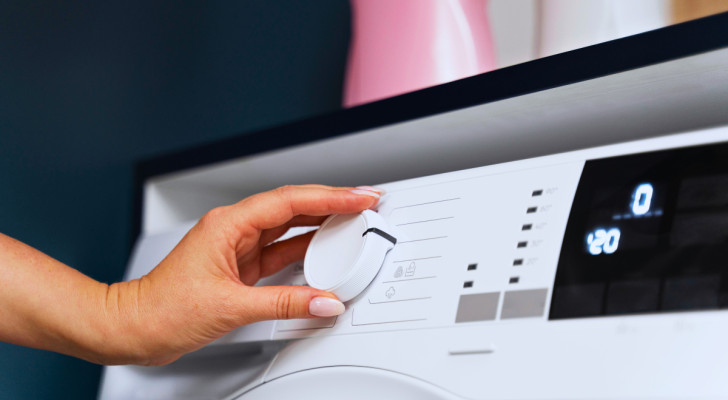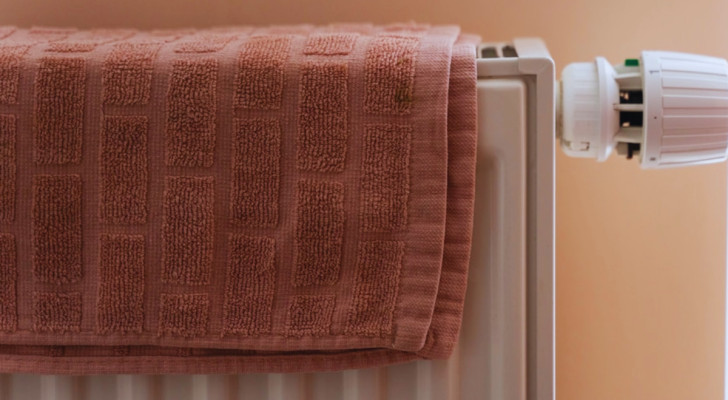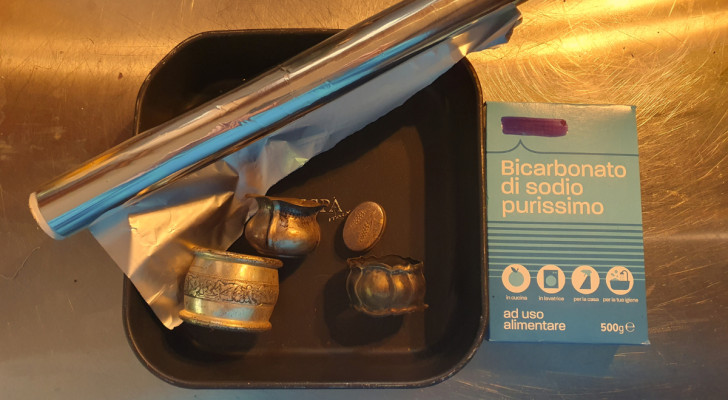How to remove superglue from wood: methods you can try out at home
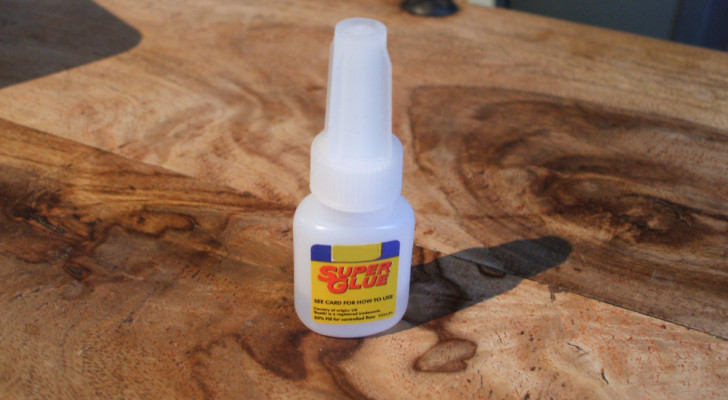
Very useful for a myriad of repairs and small jobs, superglue can be found in most homes. That said, we've all had "mishaps" while using superglue - and when it gets spilled on wood, for example, it can seem near-impossible to remove.
Superglue is a cyanoacrylate and acrylic monomer, which is particularly good at adhering to porous surfaces. It is a quick-setting glue that hardens very quickly, and it is precisely this property that makes superglue difficult to remove from most surfaces (and wood, in particular). However, there are things you can do if/when you have a "superglue oopsie" on wood.
Remove superglue from wood using acetone
The most well-known way of removing superglue is with acetone, aka nail polish remover.
All you need is a cotton wool ball or pad, and a round-tipped knife (or an old credit card) to use as a scraper.
- Soak the cotton ball or pad in a little acetone;
- Start rubbing this only on the superglue spill;
- After a bit, the superglue should soften a little, and you can start lifting it off with the knife (or credit card);
- Continue repeating the above treatment until you have removed all the superglue.
An important warning: it is best to do a test with the acetone on an inconspicuous spot on the wooden furniture, to make sure it doesn't discolor the wood. Even if the acetone removes the glue, it could still leave a dull or discolored stain that will then need to be repaired later.
Other methods for removing superglue from wood
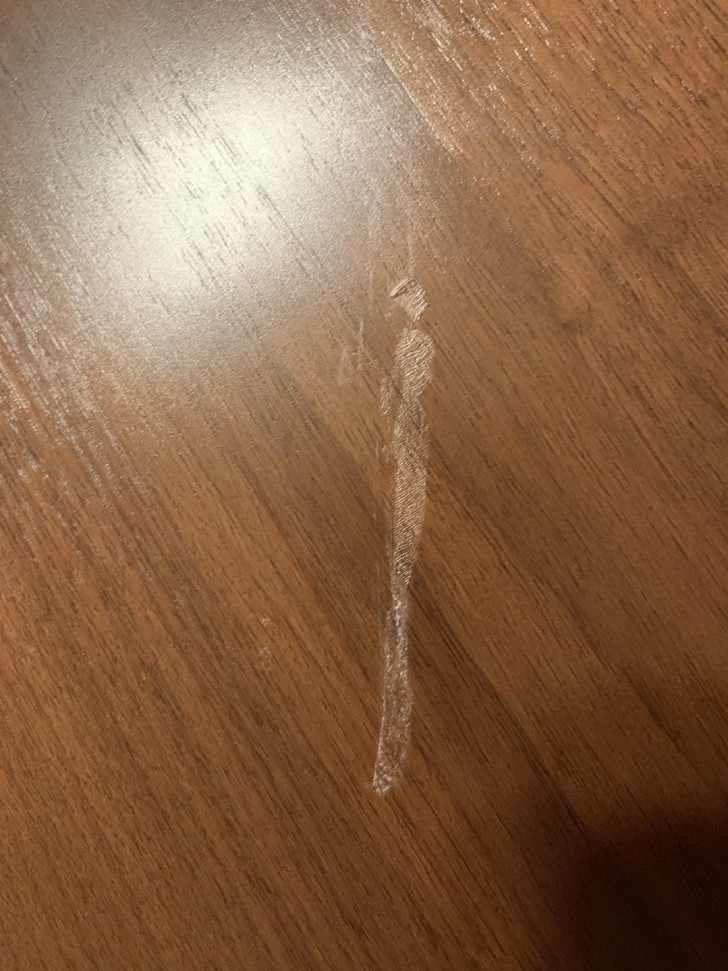
In addition to the above remedy, there are some others that can help you out:
- Using vegetable oil and very fine sandpaper (olive oi or coconut oil are recommended): if the glue is hardening but is not yet completely dry, spread a small amount of the oil on and around the stain and then trying rubbing it away with a piece of cloth. The oil prevents the glue from drying out and leeching further across a wooden surface. However, if this does not work, get some super-fine grain sandpaper and use it to delicately to sand away the glue. Given the very fine grain, the risk of scratching the wood is reduced, but it is always best to proceed very careful.
- Using distilled alcohol vinegar: again, it is always worth while doing a test first with this product and bear in mind that a glossy or colored finish on the wood could be damaged by the vinegar.
For this method, you will need cotton wool or absorbent paper, and a glass in which to mix equal parts vinegar and water. Dip the cotton wool or paper in this mixture, squeeze it out lightly and then dab it onto the superglue stain (and without wetting the surrounding area too much). Leave the vinegar mixture on the stain to act for 5 minutes - the acidity of the vinegar should slowly dissolve the glue, allowing it to be removed (with a clean cloth, a round-tipped knife, a credit card or a spoon). Work gently and slowly so you don't scratch the wood; - Sandpaper alone: this is the most "drastic" solution, as sanding the wood will always leave marks which will need to be treated later to be hidden.
Have you ever tried any of these solutions?


